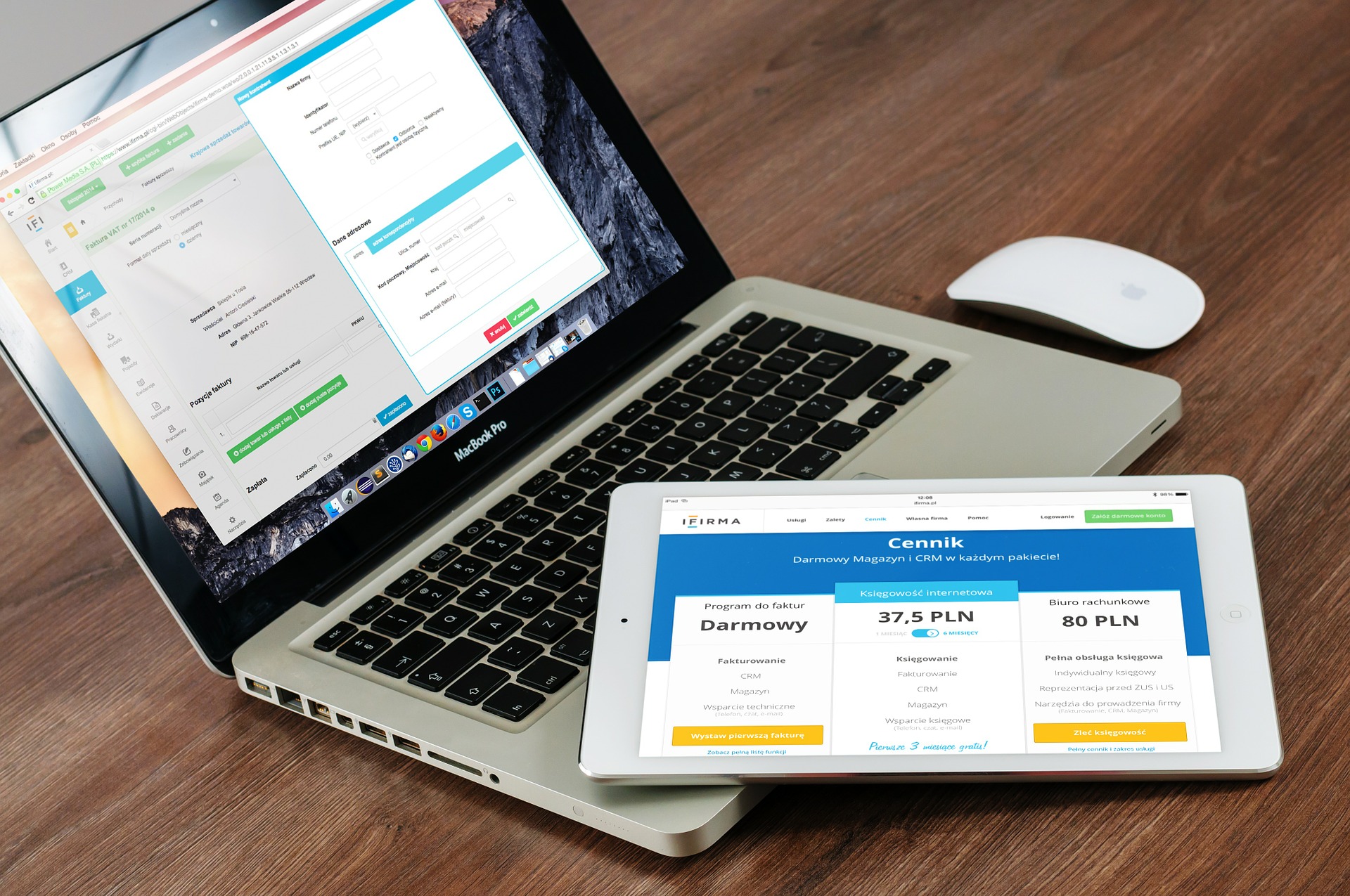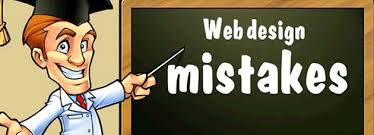What is Web Design?

Web design is the process of creating websites. It encompasses several different aspects, including webpage layout, content production, and graphic design. While the terms web design and web development are often used interchangeably, web design is technically a subset of the broader category of web development.
web design technologies, keeping up with the latest developments is essential to effective web development.
Unique Web Development utilizes the latest web design technologies available to help you succeed online, including:
1.HTML / HTML5 / XHTML
We use HTML & XHTML to develop all of our websites. This is the framework upon which all websites are built, and we are experts at manipulating HTML/XHTML technology to achieve the look and feel you want from your website.
2.CSS / Responsive Web Design / Mobile Web Design
Though HTML and XHTML communicate well with browsers, adding CSS (Cascading Style Sheets) to the mix opens up a world of options. CSS allows us to control the appearance of websites on all devices including mobiles, tablets, laptops, and TVs. Our fluency with CSS and responsive web design also enables us to minimize bulky web coding on each page of your website so your site runs smooth and fast, pleasing all of your web visitors.
3.JavaScript / jQuery
JavaScript is a scripting language used to enhance functionality and design, while jQuery is a JavaScript library which aids in web development. Though alternatives exist, we favour jQuery for its thorough documentation, vast plugin library and community support. JQuery is a web technology growing in popularity on the internet by the minute, and your expertise with jQuery will help ensure you stay ahead of the curve.
4.PHP
With over 20 million domains using PHP, we are confident that PHP is the right choice for web projects of all sizes. It’s ability to adapt to other resources allows us to create websites that are prepared for future technologies. Additionally PHP is a free open source scripting language which draws a large community of supporters and has fueled it’s growth for over a decade.
How to Become a Web Designer
There are many courses available offering qualifications in web design. A more general degree will provide a good foundation upon which to build more specific knowledge.
Most web designers will have an interest in computers and possibly in programming language, which will be great for the technical aspect of the job. It is also necessary to have a creative side in order to ensure success when it comes to the design side of things. Becoming a web designer is a great career choice for someone with an interest in art and design, and a love of technology.
Personal attributes and skills required include:
- A creative eye
- Interest in computers, programming and technology
- Self discipline and motivation, as many web designers are freelancers
Why You should Choose Design as a Profession
Graphic and web design are both about problem solving. When you choose design as a profession, you have to be a good thinker, and you also have to think outside the box. In design, there really is never a right or wrong answer to anything. You simply have to determine what is right for each client and each situation. You have to have a good eye for color, and how to set a mood. You set the mood using typography, the right wording, the right imagery, and the right structure. Concept is key and you have to be able to come up with a solid concept in order to develop anything at all. There is also market research involved, so designers aren’t merely pushing buttons on their computers all day.
Web designing skills for career:
- Programming Skills
Every good web designer must have a deep understanding of internet scripting and programming languages. For this, keeping yourself informed about the latest technologies and web services is key. The mobile revolution and the demand for mobile device adapted websites presents new opportunities for future designers, but also new challenges. Competitive web designers need to keep themselves on top of these changes and master new designs in new web environments.
- Creativity
The web designer must be creative and imaginative, as he will often need to design complex websites that require an artistic touch. A sharp aesthetic sense and graphic vision are a must-have in this industry. Like in any creative industry, designers can stand out through originality and unique designs that are also functional and deliver the best UX.
- Critical Thinking Skills
Every good designer must also possess good problem solving abilities, as well as logical thinking skills in order to succeed in the field. Matching the technical knowledge with the platform requirements and the graphic vision requires the critical thinking and problem solving abilities to balance all these aspects, for the benefit of the commissioning firm or individual. A competitive web designer can put himself/herself in the shoes the site visitor, CMS editor and the business owner and meet their expectations.
- SEO Skills
They must be familiar with concepts of Search Engine Optimization, user-centric design, responsive design as well as user experience principles, all of which make a site competitive in terms of the organic traffic it receives from search engines. All design elements should support a site’s SEO vision in a way that meets both the visitors’ expectations and the search bots requirements. Besides being beautiful, a successful website needs to stand out in the list of search results.
- Wireframes & CSS Skills
Designing wireframes boils down to preparing your workspace and deciding on the key content components for the site, that delimit information in the most effective way. It’s all about structure. CSS skills are imperative to web designers, otherwise they would be unable to design cutting-edge websites. Knowing how to create effective cascade style sheets, which are versatile and match the requirements of each platform and SEO guidelines for the site, is something that a good web designer should be able extremely confident doing.
- Graphic Skills
This is yet another important skill set, as every designer must know how to match the colors and the visual elements of design, for the best result. Finding the right color scheme, the logotype and content layout goes beyond the technical CSS expertise. It requires an eye for details, balance, good transition elements and a lot of consideration for how a user unfamiliar with the site would respond to its key visual elements. Graphic designers need to think outside the box, yet meet basic web conventions that would make the website easy to navigate for everyone with an interest in the product/service it presents.



